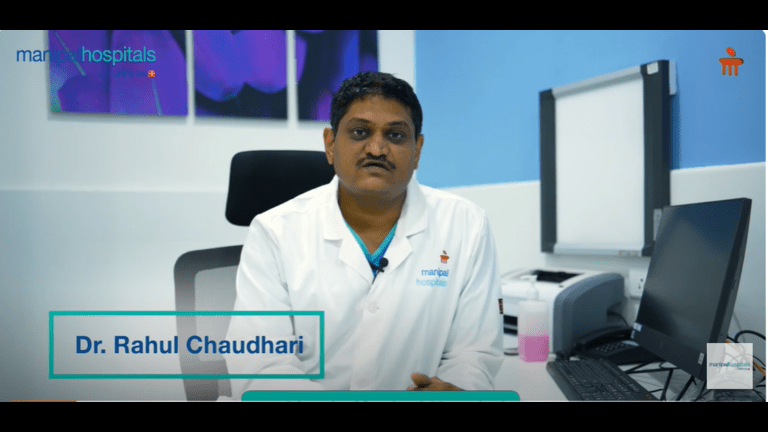-
Book Appointments & Health Checkup Packages
- Access Lab Reports
-
-
Book Appointments & Health Checkup Packages
Baner - Pune
18002109888
-
Centre of
Excellence
Centre of Excellence
Other Specialities
- Anesthesiology
- Bariatric Surgery
- Cardiothoracic Vascular Surgery
- Clinical Psychology
- Dental Science
- Dermatology
- Diabetes and Endocrinology
- Ear Nose Throat
- Fetal Medicine
- General Surgery
- Hand and Upper Limb Surgery
- Hematology And Bone Marrow Transplant
- Infectious Disease
- Internal Medicine
- Laboratory Medicine
- Lactation
- Laparoscopic Surgery
- Liver Transplantation & Hepato-Pancreato Biliary Surgery
- Nephrology
- Neurosurgery
- Nuclear Medicine
- Nutrition And Dietetics
- Ophthalmology
- Organ Transplant
- Paediatric And Child Care
- Pain Medicine
- Physiotherapy
- Plastic And Cosmetic Surgery
- Psychiatry
- Pulmonology (Respiratory and Sleep Medicine)
- Radiology
- Rheumatology
- Spine Care
- Thoracic Surgery
- Urology
- Vascular and Endovascular Surgery
Speciality Clinics
- Doctors
-
Baner
-

Bengaluru

-

Bhubaneswar
-

Delhi - NCR

-

Delhi - NCR
-
-

Goa
-

Jaipur
-

Kolkata

-

Mangaluru
-

Mysuru
-

Patiala
-

Pune

-

Salem
-

Vijayawada
-
- International Patients
-










-
-
-
-
Search
Appointment Helpline











